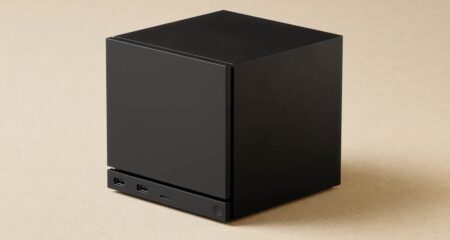 Japan’s Sony Group on Wednesday posted a 32% rise in third quarter operating profit, smashing analyst estimates.
Japan’s Sony Group on Wednesday posted a 32% rise in third quarter operating profit, smashing analyst estimates.
Operating profit was ¥465.2-billion yen (US$4.05-billion) in the three months to 31 December. That compared to an estimated average profit of ¥351.6-billion from nine analysts surveyed by Refinitiv.
Sony hiked its full-year profit forecast to ¥1.2-trillion from ¥1.04-trillion. That prediction is higher than an average ¥1.09-trillion profit forecast from 24 analysts, Refinitiv data showed.
The conglomerate — spanning areas such as entertainment, sensors and financial services — switched to IFRS accounting standards from US GAAP in the current financial year.
Sony is benefiting from strong demand for its PlayStation 5 games console which it launched in November 2020. A shortage of semiconductors, however, means it is struggling to produce enough consoles to meet that demand.
The group said last year it will spend ¥2-trillion over three years on strategic investments, including a push to expand subscribers to its gaming and entertainment services as it streamlines its consumer electronics business.
On Tuesday, the company announced it will buy Bungie, the original creator of the Halo videogame, for $3.6-billion. That comes after Xbox console maker Microsoft said last month it will purchase Call of Duty maker Activision Blizzard for $69-billion.
EV project
The Japanese consumer tech company may also branch out into electric vehicles, with CEO Kenichiro Yoshida unveiling a new EV prototype and announcing the creation of a mobility business at a tech trade show in Las Vegas last month.
Growing demand for EVs is spurring new entrants into car markets. Through EVs, Sony is aiming to build a business that will transform cars from transportation machines to entertainment spaces.
Sony has said it will pick new partners for its EV project based on the technology they can bring.
In November, chip-maker TSMC said it had agreed to build a $7-billion chip plant in Japan that will supply Sony with semiconductors for its image sensor business from 2024. — Sam Nussey, (c) 2022 Reuters




